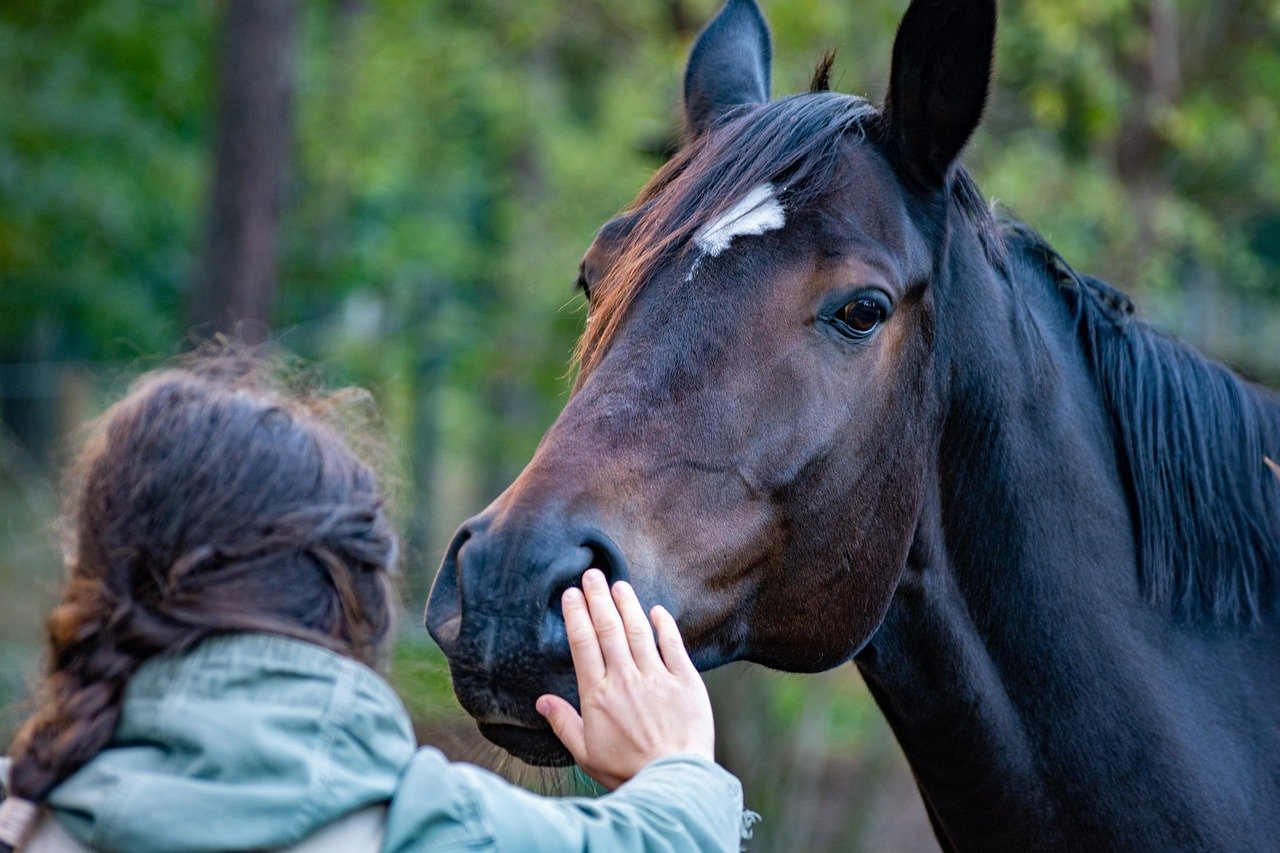Building a relationship with a horse can be an exhilarating journey filled with moments of pure joy and understanding. But, like any relationship, it comes with its unique set of challenges. For many horse enthusiasts, the hardest part is establishing that initial bond, a connection that goes beyond just riding. Horses, much like humans, have personalities, fears, and preferences, making the bonding process both fascinating and complex. This article explores into the intricacies of forming a meaningful connection with your equine companion and offers insights on how to overcome the hurdles you might face.
Understanding the Equine Mind

Forming a deep bond with a horse is an incredibly rewarding experience, but it doesn’t always come easily. Unlike dogs, who are naturally eager to please, horses are prey animals with instincts that make them cautious and independent. Trust, communication, and patience are key to earning their confidence, but challenges such as fear, past trauma, or mismatched energy levels can make the process difficult. So, what is the hardest part of bonding with a horse, and how can you work through it?
Horses are naturally wired to be cautious and alert. This inherent instinct can make them appear distant or wary of humans initially. Understanding this is crucial. Imagine meeting someone for the first time who seems aloof or guarded. It’s not that they don’t want to connect; they’re just being cautious. Similarly, horses need time to assess and understand their environment and the people around them. By recognizing their nature and respecting their space, you set the foundation for a trusting relationship.
Consistency in Interaction
Consistency is key when it comes to bonding with a horse. Just as humans value reliability in relationships, horses appreciate routine and predictability. Imagine trying to build a friendship with someone who only occasionally shows up and is unpredictable in their behavior. It would be challenging, right? Horses thrive on routine. Regular grooming, feeding, and training sessions not only establish trust but also create a sense of familiarity and comfort. Over time, this consistency helps in strengthening the bond.
Effective Communication
Horses communicate primarily through body language, and understanding this can be a game-changer. Think of it as learning a new language. A flick of the ear, a swish of the tail, or a shift in weight can convey a myriad of emotions or intentions. By observing and interpreting these signals, you can respond appropriately, making your horse feel understood and heard. This mutual understanding fosters a deeper connection and makes interactions smoother and more enjoyable.
Patience and Empathy
Patience is often the unsung hero in the journey of bonding with a horse. Imagine teaching a child to ride a bicycle for the first time. It requires patience, encouragement, and understanding. Horses, too, need time to adjust, learn, and trust. Displaying empathy, acknowledging their fears, and celebrating their small victories can make all the difference. By being patient and empathetic, you reassure your horse that you’re a reliable and trustworthy companion.
Overcoming Fear and Building Trust
Fear can be a significant barrier in the bonding process, both for the horse and the rider. Think of it as trying to cross a shaky bridge. It requires courage and trust. For horses, new environments, unfamiliar sounds, or sudden movements can be intimidating. Similarly, riders might have their own apprehensions. By gradually exposing your horse to new experiences and showing them there’s nothing to fear, you build mutual trust. This shared journey of overcoming fear strengthens the bond immensely.
Personalized Training Approaches
Every horse is unique, and a one-size-fits-all approach rarely works. Imagine trying to teach a class where every student learns differently. Horses, too, have varied personalities and learning styles. Some might be more spirited, while others are laid-back. Tailoring your training methods to suit your horse’s temperament can lead to more effective communication and faster bonding. Whether it’s clicker training, natural horsemanship, or traditional methods, finding what resonates with your horse is crucial.
Quality Time and Shared Experiences

Spending quality time with your horse outside of training sessions can do wonders for your relationship. Think of it as going on a picnic with a friend. It’s about enjoying each other’s company without any agenda. Whether it’s a leisurely walk, a relaxed grooming session, or simply sitting together in the pasture, these moments of companionship enhance trust and understanding. Shared experiences, especially those that are positive and stress-free, create lasting memories and deepen the bond.
Seeking Guidance and Support

Sometimes, despite our best efforts, we hit roadblocks in our bonding journey. In such cases, seeking guidance from experienced trainers or joining equine therapy sessions can be beneficial. Imagine trying to solve a complex puzzle alone versus having someone guide you with helpful hints. Experienced professionals can provide insights, techniques, and strategies that you might not have considered. Their expertise can accelerate the bonding process and help you navigate challenges more effectively.
And there we have it. The journey of bonding with a horse is a rewarding one, filled with lessons in patience, understanding, and mutual respect. While challenges abound, they also offer opportunities for growth, both for the horse and the rider. Embracing the journey with an open heart and mind ensures a relationship that’s both fulfilling and enduring.

Esther is from India; the heartbeat of South Asia, holding a Master’s degree in Zoology and a postgraduate diploma in Animal Welfare. Her enthusiasm for animal welfare drives her passion and dedication to working for animals, ensuring their well-being, and advocating for their rights. With a solid academic background and hands-on experience, she is committed to making a positive impact in the field of animal welfare. In her free time, she enjoys embroidery and sewing. As a Chennaite from Tamil Nadu, Esther loves Bharathanatyam, an Indian classical dance form.






